
Post: Identifying and Understanding the Gabbeh Persian Rug
Thirty years ago, most customers were unfamiliar with Gabbehs. Today the rugs, both old and new, are highly sought after by collectors and consumers for their plain, simple patterns and bright colors. Gabbehs have a very contemporary look, but in fact are based on old patterns and designs.
“Gabbeh” means something that is coarse, natural or uncut. All the tribes of the Fars province in southwestern Persia (Iran) make Gabbeh rugs, including the Qashqai and Luri. A 1997 film titled “Gabbeh” is available for rent, and provides some insight to this nomadic way of life.
Persian Gabbeh Front Rug - Buy Here
The rugs display a wide-ranging diversity, but all fall into two distinct categories: colored and natural. With a colored-type Gabbeh, almost anything is possible in terms of both design and color. The designs are simple geometric patterns, the most common being a central medallion or several medallions on a large expanse of open field. Small geometric motifs, birds, animals and plants are scattered throughout the field. Other designs include stylized trees, lions, zigzag stripes and bands. The rugs are colorful, with bright shades of golden yellow, red, orange, blue, green and white.
Natural Gabbehs are made with un-dyed yarn in various shades of cream, white, gray, brown and black. This same look can be found in Two Gray Hills Navajo weaving. Natural Gabbehs come from the Khorason district of Iran, near the city of Meshed. An important factor in the creation of true Gabbehs is that they are not designed; that is, the weaver does not use a cartoon as a pattern guide. The designs are primitive, spontaneous and unpredictable.
Some Gabbehs woven by the Lurs tribe have pile on both sides. The rugs are used as blankets and are known as Gabbeh patuee. They may occasionally come into your plant for cleaning.
Traditional Gabbeh rugs are coarsely knotted, with several weft yarns between each row of knots. The pile is long, shaggy wool. Rugs are small and tend to be somewhat square. Modern Gabbeh rugs made for export to the West are woven with thick, coarse knots and a relatively long pile. Because of the dense pile, modern Gabbehs withstand wear much better than their predecessors. Recently, 9-by-12-foot rugs have been woven for the North American market.
Persian Gabbeh Kilim Cushion Cover - Buy Here
Gabbehs are usually woven on horizontal looms that can be assembled and disassembled quickly, as befitting a nomadic people. The rugs are constructed from local handspun wool and vegetal dyes extracted from native plants and roots found in the local mountains.
The best Gabbehs still come from Iran. The beauty of the rugs is found in their departure from the classic Persian style to one of more simple geometric and natural artistic expression.
When it comes to cleaning most high-quality Gabbehs, both old and new, you should not really have any heightened concerns. Perform your regular pre-cleaning inspection and colorfastness test, and you will find Gabbehs to be generally free of inherent problems.
Buy Persian Gabbeh & Rugs at:www.persianhandicrafts.com/Gabbeh
Buy Persian Rugs at: www.kimiyacarpet.com.com
Facebook: https://www.facebook.com/persispersianhandicrafts
Google+:https://plus.google.com/+Persiscraftspersianhandicrafts
Twitter: https://twitter.com/persiscrafts
Article Source: Click Here
Join Our Social Networks:
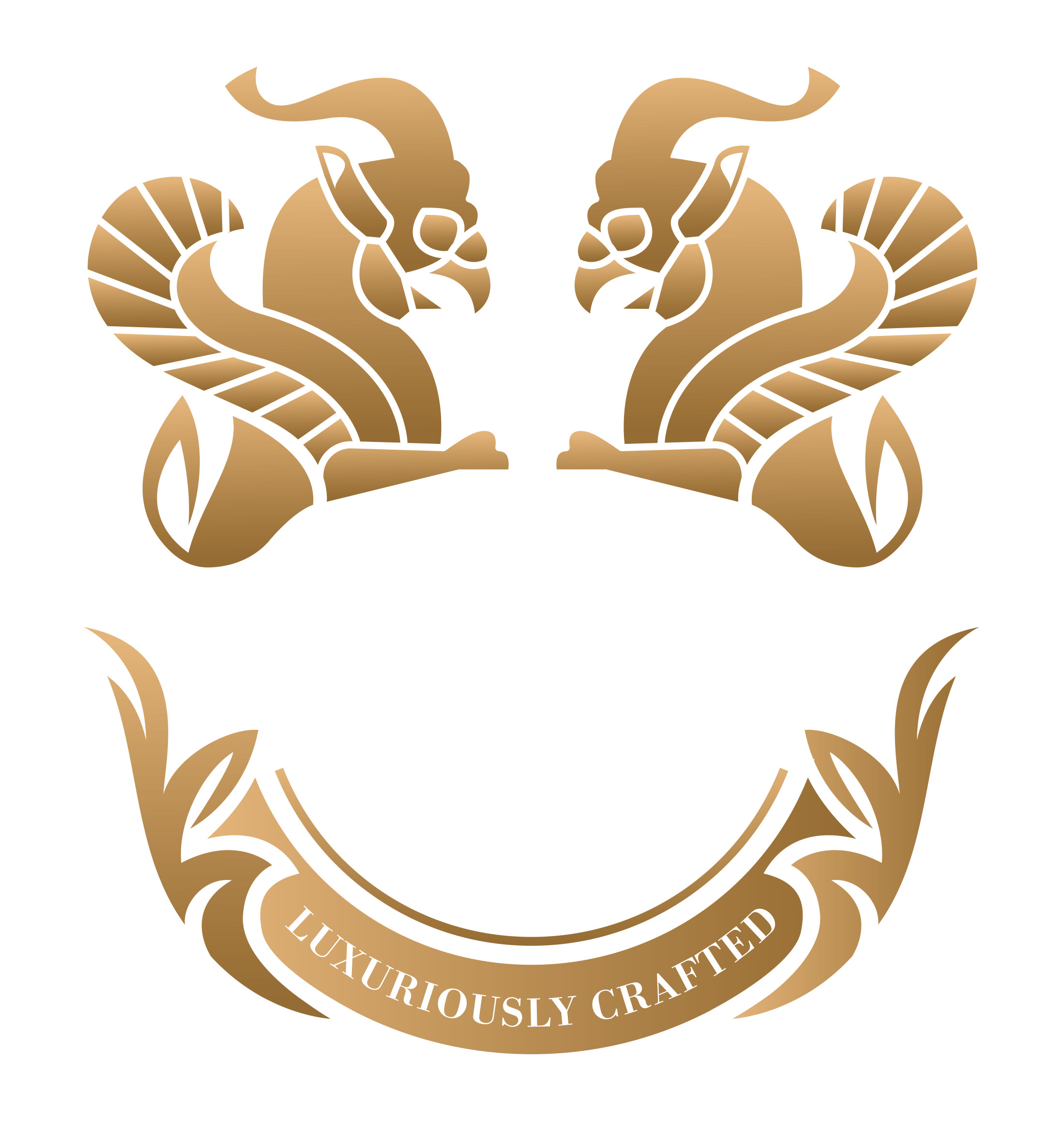
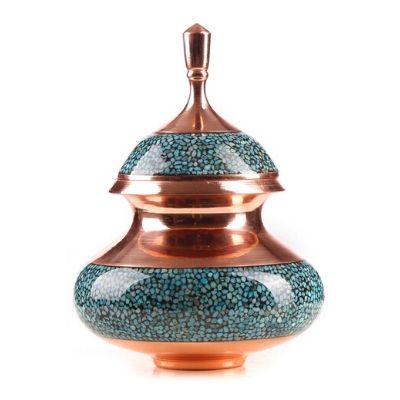
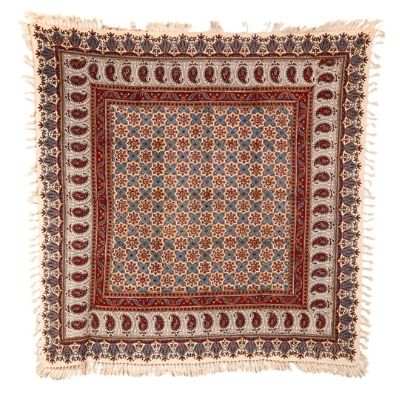
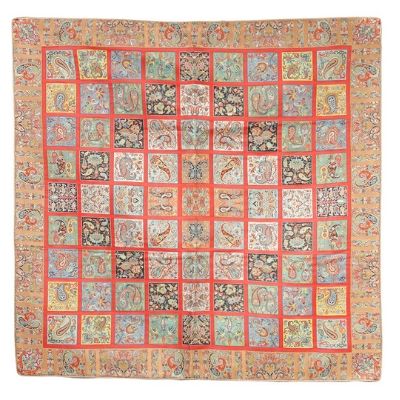
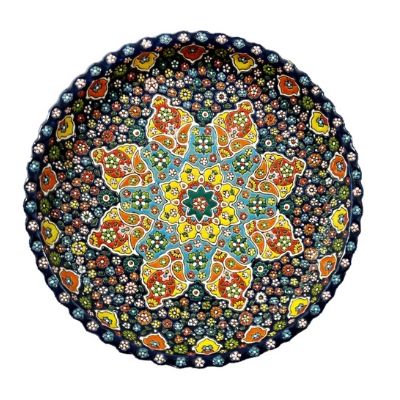
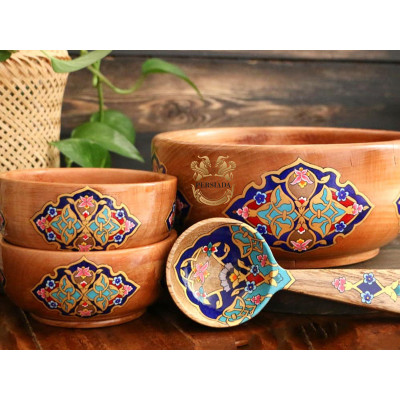
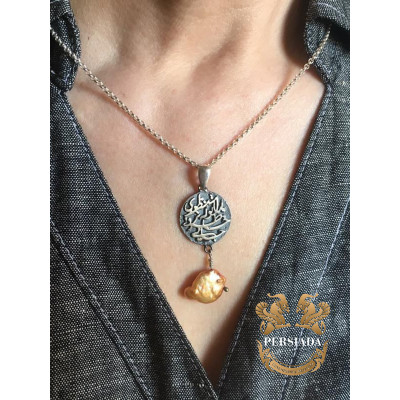
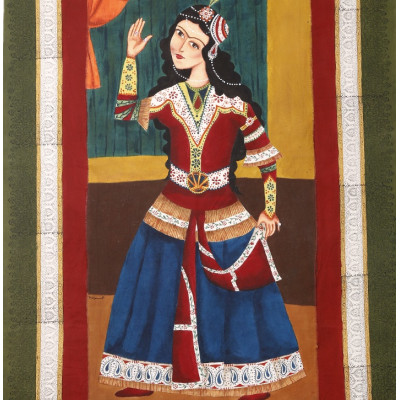
-400x400.png)
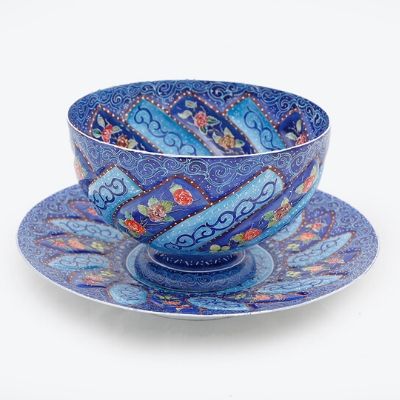
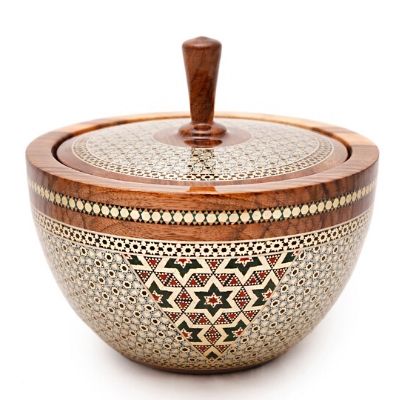
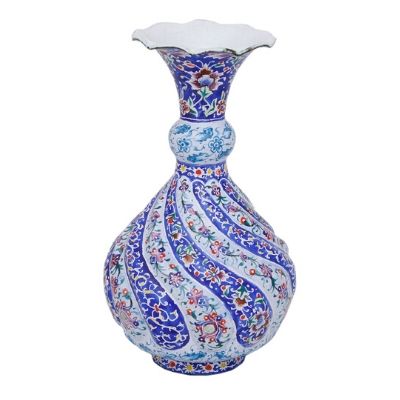
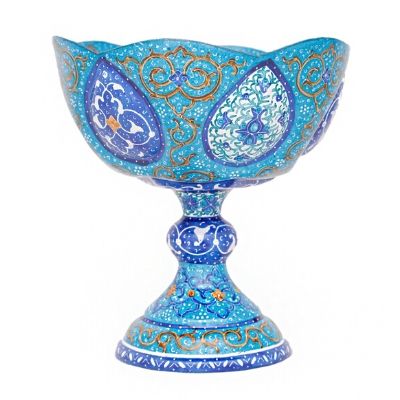
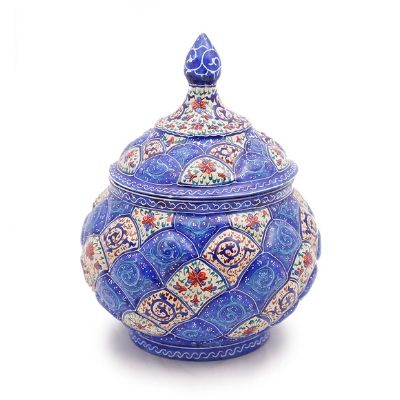
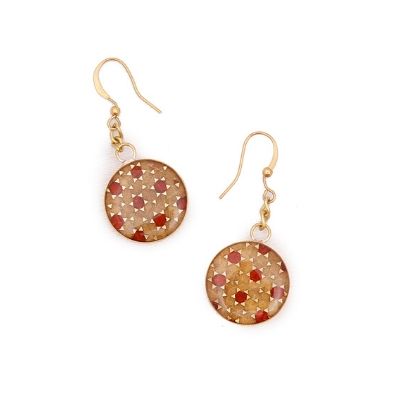
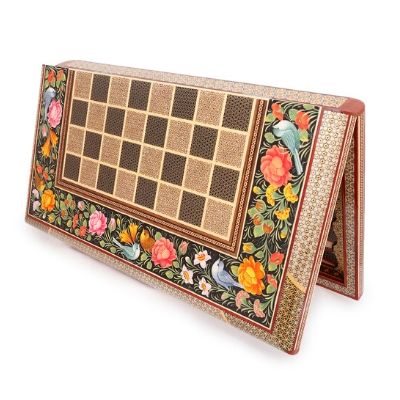
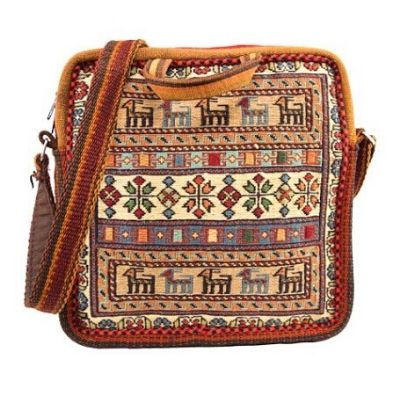
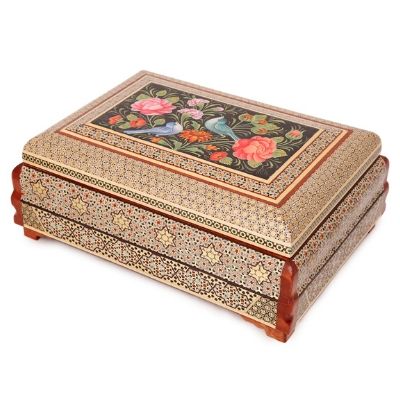
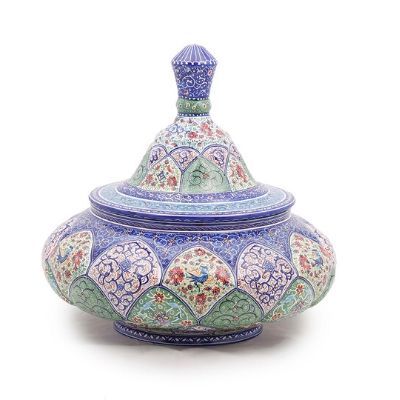
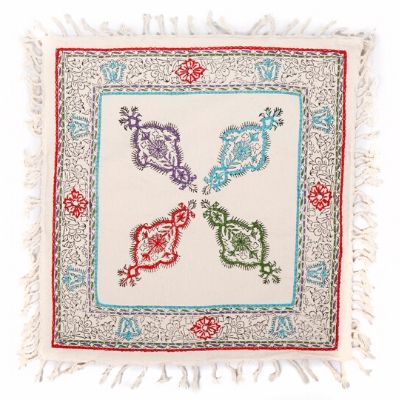
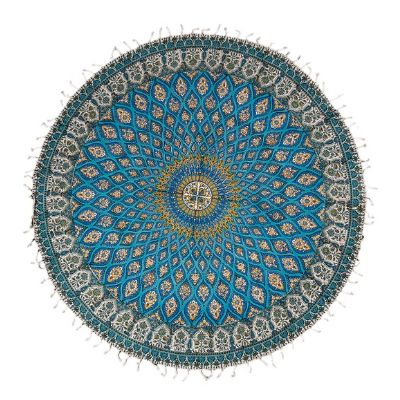
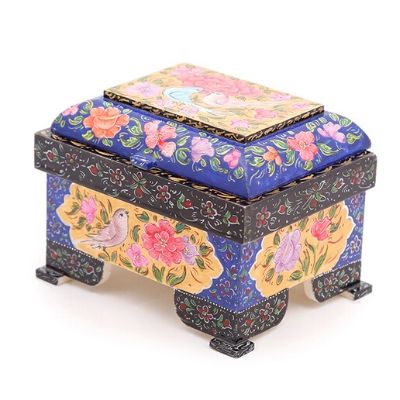
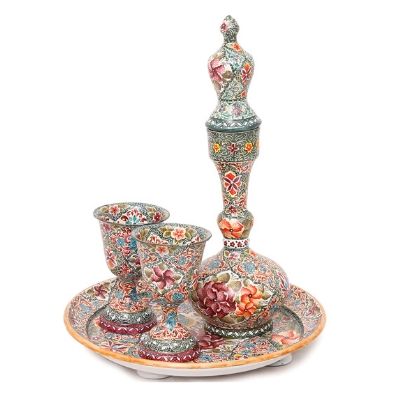
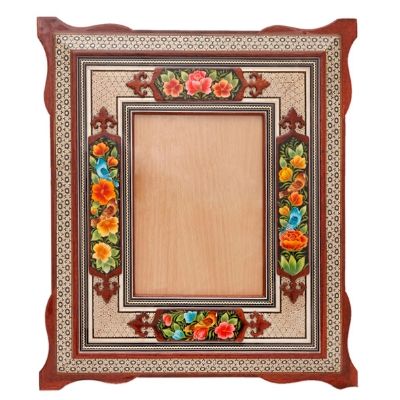
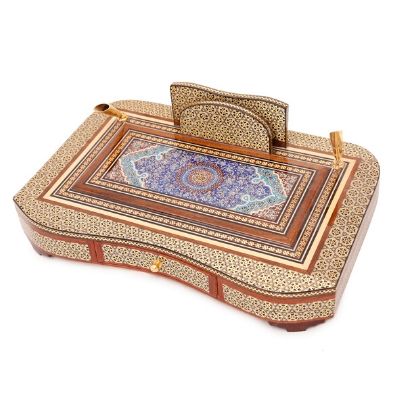
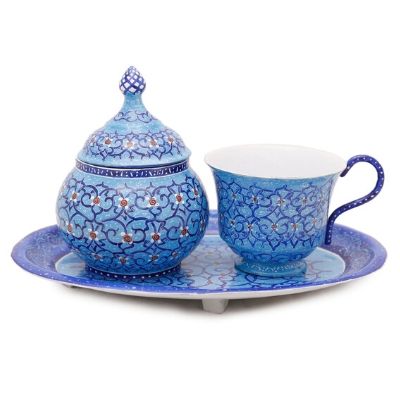
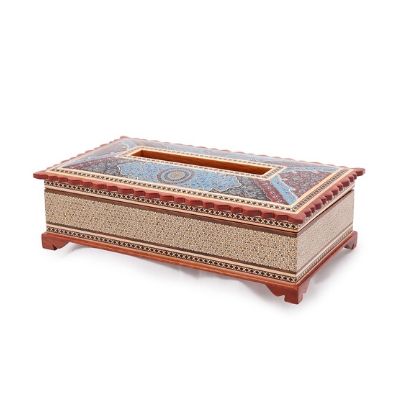
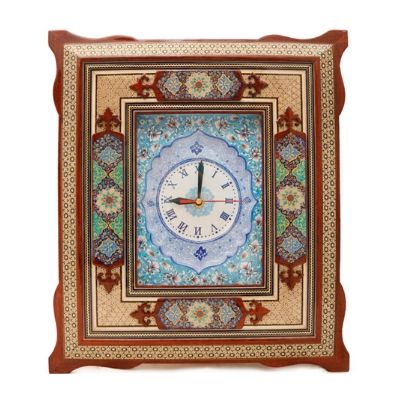
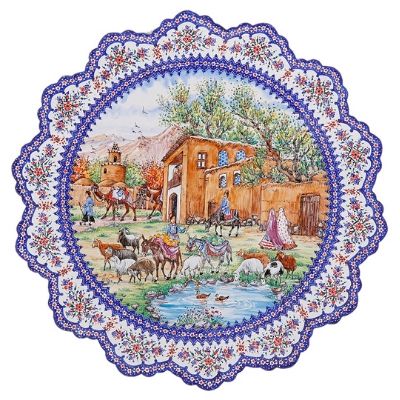


Leave a Comment